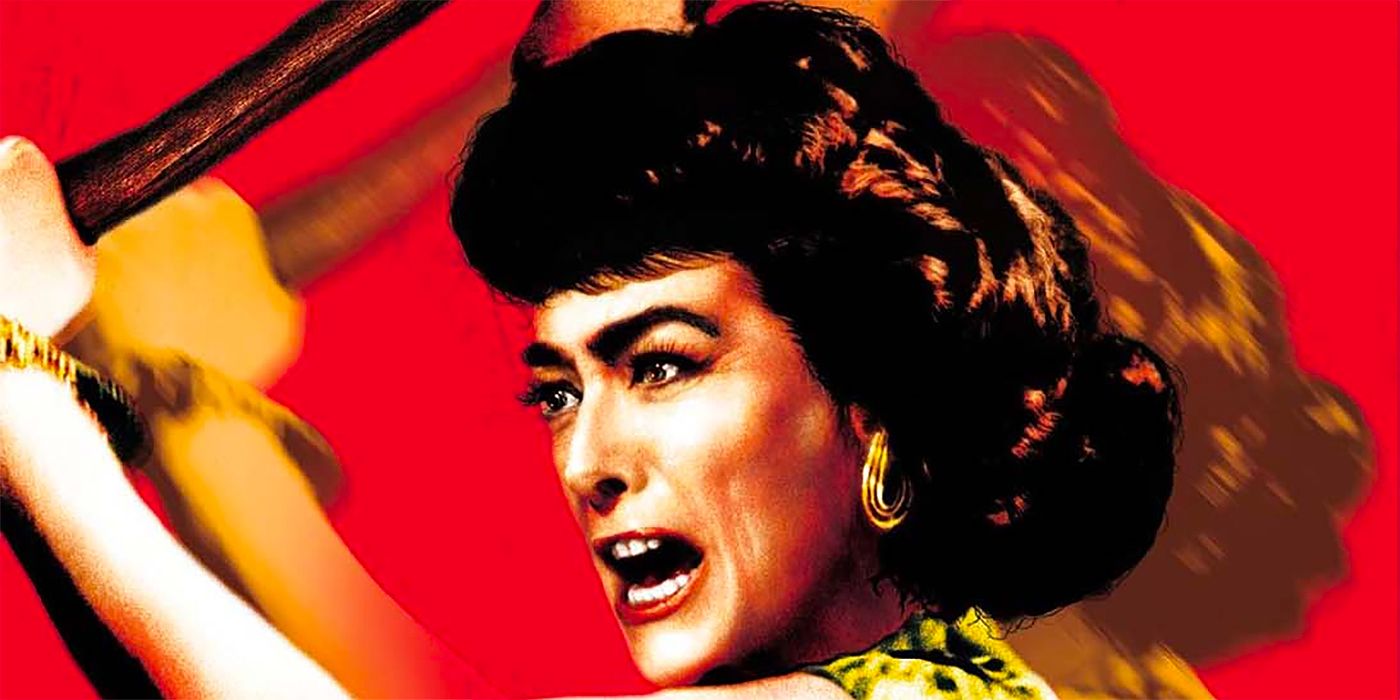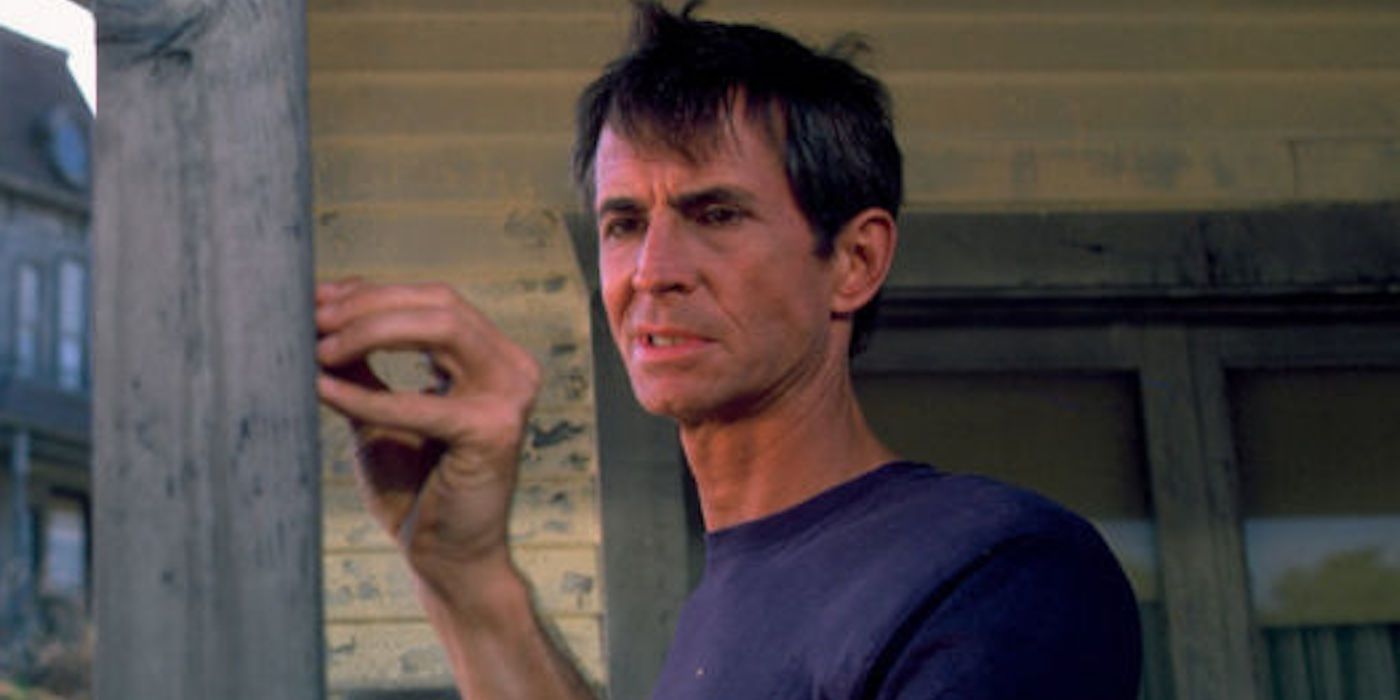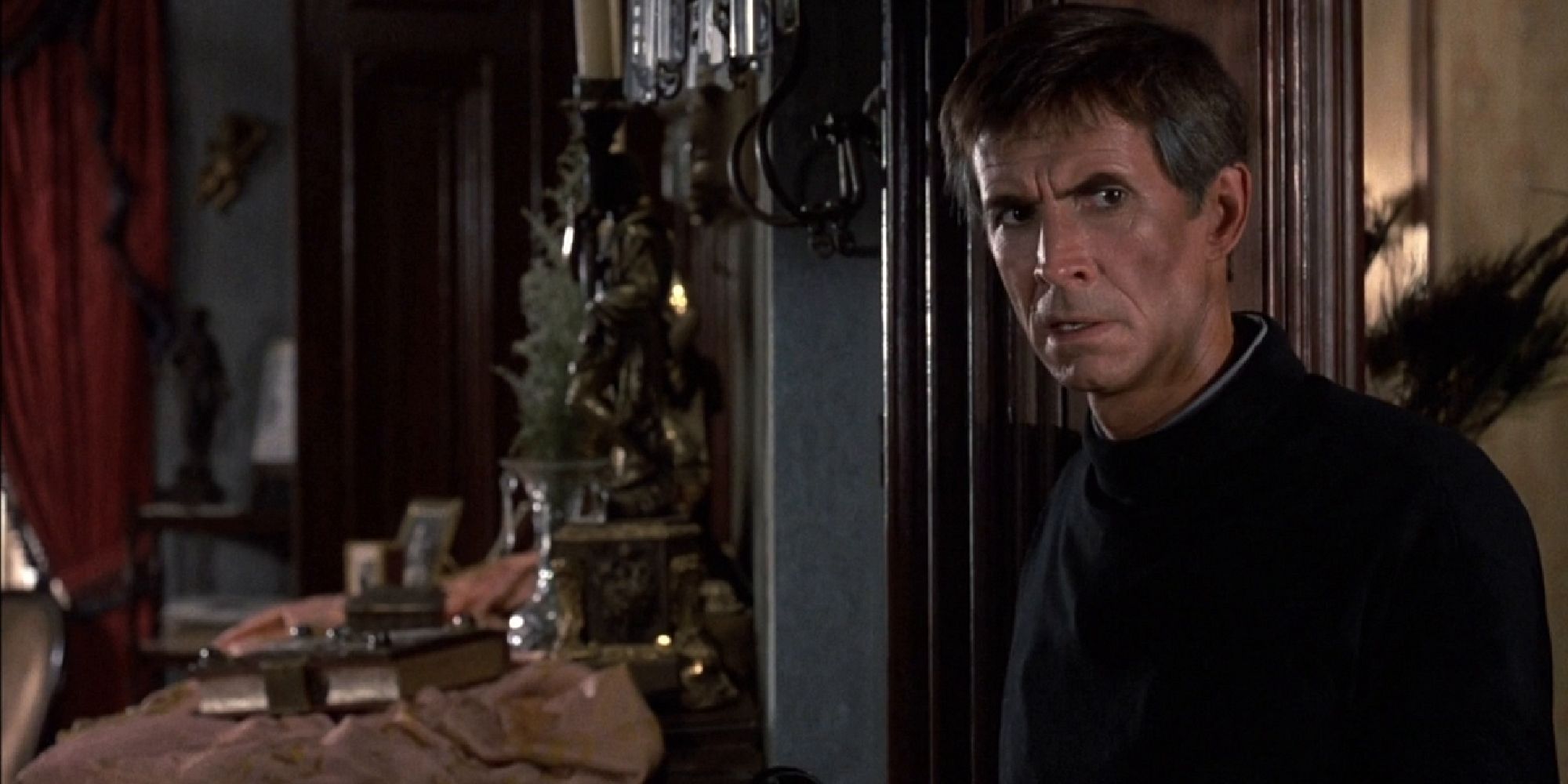The Big Picture
- Psycho II is a well-made horror sequel that doesn’t get enough credit for its engaging performances and interesting storyline.
- The passage of time and the aging of the characters are expertly used to make Psycho II feel different from the original film, adding to its appeal.
- While Psycho II may get a little far-fetched in its final act, the film is ultimately a solid continuation of the first movie’s story and an underrated horror movie overall.
The prevalence of a horror trend can often be determined by whether or not it’s been discussed and parodied within an entry in a Scream franchise. That series is all about deconstructing horror tropes and trends, often through meta-humor, and its two most recent installments have both looked at the idea of legacy sequels. One component of a legacy sequel is that it takes place numerous years after the previous installment, and will often feature some recurring characters, all generally/naturally older, alongside new characters. Outside Scream, other horror movies to take this approach within long-running franchises have been the newest Halloween trilogy (2018-2022) and, most recently, the less-than-amazing The Exorcist: Believer. All that’s to say that perhaps Psycho II was ahead of the curve, being a legacy sequel to a horror movie close to four decades before the trend became noticeable enough to get mocked and discussed within the Scream series.
It was released 23 years after the iconic original film, directed by Alfred Hitchcock, and it narratively takes place about two decades later, too. Psycho II might not exactly be a decade-defining masterpiece the same way the original Psycho is, but it’s a horror sequel that doesn’t get as much credit as it deserves. It features another engaging performance from Anthony Perkins as Norman Bates, here emerging as the undisputed lead character throughout. It also brings back Lila Crane (Vera Miles) and follows how the two clash after Bates is released from an extended stay at a psychiatric hospital after the murders committed in the first movie. It finds an interesting angle for these older characters, builds on the original film’s story while trying (though not always succeeding) to shock the ways Psycho did, and is ultimately well-made for a horror sequel. No one’s going to call it better than the first, but it is respectful to the 1960 original and effectively finds ways to both honor its legacy and continue its memorable story.
What Happens in ‘Psycho II’?
Norman Bates is outed as a serial killer at the end of the original Psycho, and one who tends to stab people accompanied by very memorable music. The psychological aspects of the film may be dated, but so too was knowledge of dissociative identity disorder, which is the reason given for Bates murdering two people during the film, and apparently two more before. He’s sent to a psychiatric hospital for 22 years between the end of Psycho and the start of Psycho II, which begins with providing insight into how Norman attempts to resume his life at the infamous Bates Motel. Lila, the sister of the murdered Marion Crane (Janet Leigh) from the first film isn’t thrilled with Norman’s release from the hospital, however, and conspires with her daughter, Mary (Meg Tilly), to drive Norman Bates mad once more, in the hope that such a thing will get him recommitted.
Psycho II is at its best when it focuses on this conflict that builds naturally from the events of the first film, and it can get a little silly as it enters its second half, and beyond. There’s a series of murders committed throughout Psycho II, and while the eventual reveal of who the killer is does feel a little extreme, these crimes do add to the film’s tension by making Norman someone who’s at risk of being blamed for committing them. This makes it function, at its best, like a psychological thriller about a man who’s in danger of being accused of crimes that he didn’t commit. Indeed, Alfred Hitchcock — who passed away a few years before Psycho II’s release — did have an affinity for plots about false accusations, as seen most obviously in something like The Wrong Man, starring Henry Fonda (as well as Psycho’s Vera Miles). It’s not a film that necessarily tries to be a Hitchcock movie, but the premise itself can be seen as something that honors the late, great director’s own legacy.
How ‘Psycho II’ Expertly Uses a Jump Forward in Time to Feel Different from the First
22 years is a long time, and Psycho II is well aware of this. Norman Bates is noticeably older and comes across as a very different person at the start of the film from who he was the last time we saw him. It’s safe to assume that fans of the iconic original horror/thriller are going to want to know how the time jump has affected Norman Bates, and this slow-burn character study of an iconic villain turned sympathetic yet troubled protagonist helps ensure Psycho II gets off on the right foot. The passage of time is also reflected within the filmmaking itself. It’s a little surprising at first to see the characters and iconography of Psycho in color.

The Writer of ‘Psycho’ Doubled Down on Psychological Thrillers With ’60s Schlock
Joan Crawford is hellbent on burying her demons in this gnarly post-‘Psycho’ thriller.
coPerhaps a less immediate sign of the changing times is the fact that Psycho II is considerably bloodier, more violent, and deadlier body count-wise than the original film. That one was shocking for the standards of 1960, but by 1983, the slasher subgenre was in full swing, horror movies were generally a good deal more violent, and 10 years earlier, audiences had witnessed a pre-teen girl projectile vomit pea soup on a pair of priests, among various other shocking acts. Regardless of whether you like Psycho II or not, you’d have to admit that on some level, it raises the bar when it comes to surprising acts of violence that make the infamous shower scene from the first look like a Disney film. Psycho II uses its time jump and its lack of limitations as a 1980s release to its advantage, meaning that narratively, visually, and viscerally, it builds on what was established in the first movie without risking, too severely, coming across as derivative.
‘Psycho II’ Is a Solid Continuation of the First Film’s Story
As mentioned before, things get a little far-fetched as Psycho II accelerates into its final act before ultimately coming to a conclusion that aims to top the first movie’s once-surprising ending. But before then, it’s the more grounded aspects of Psycho II that prove most impressive and engrossing, with the film shining because Anthony Perkins is given the opportunity to play a radically different version of Norman Bates. Seeing him try to fit himself back into society without falling back into a life defined by a compulsion to murder makes for interesting drama. The conflict between him and the family of one of his past victims is also relatively well-done, even if they’re not quite as strong as the moments that make the film more akin to a character study. As for the way the serial killer plot line revolves toward the end? Maybe, the less said about that, the better.
Norman Bates battles his inner demons while the consequences of his past actions haunt him, and those he’s wronged directly seek revenge. It is a more than solid premise for a horror sequel, and it’s commendable that it doesn’t feel like a simple retread of the first film. Bates himself isn’t even the villain again here; not really, which is a radical change for the series to make, and one that it executes relatively well, especially early on in the film. Some of the choices made later in the film are odd, and understandably irked author Robert Bloch, who wrote the book the original Psycho was based on. Eggs were broken and an omelet was made, and though Psycho II is an imperfect omelet where the last few bites reveal there were a few unsavory pieces of eggshell that fell in, most of it still tastes pretty good.
If ‘Psycho II’ Hadn’t Had Such Big Shoes to Fill, it Might’ve Been Better Received
Once the original movie is disqualified on account of it being an undisputed classic of its genre, it’s pretty easy to label Psycho II as a high point of what’s become a horror series. Even though it builds on the first well in some ways, the question may remain whether it would’ve been more critically successful had it not needed to live up to the legendary first movie. It’s unlikely it would’ve been as commercially successful without having a recognizable title and star in Perkins, but the core story of a reformed man with a violent past trying to reintegrate himself into society would’ve remained largely interesting if executed as well as it was here. Without being attached to the original, perhaps it wouldn’t have felt a need to repeat the murder-mystery aspect of that film, the “surprising” reveal of which at the end of Psycho II probably hurts the film overall more than it helps.
It’s a flawed sequel, but in a world where horror sequels tend to disappoint, a film like Psycho II, which does a reasonably good job of being its own thing while honoring the legacy of the original, ought to be celebrated. It’s not mandatory viewing for anyone who liked the original movie from 1960, but those interested in where a character like Norman Bates might end up after 20+ years should still find this sequel intriguing and mostly entertaining. It gives Anthony Perkins even more to do than the first, and he rises to the occasion, with the film having an interesting premise, a few narrative risks, and a final act that ambitiously tries to top the original’s shock value, even if it falls a little short. There’s still a great deal more good than bad in Psycho II, making it an underrated horror movie, a solid sequel, and an overall pretty good continuation of one of the most acclaimed films of all time.
Psycho II is available to rent on Apple TV in the U.S.
Rent on Apple TV




